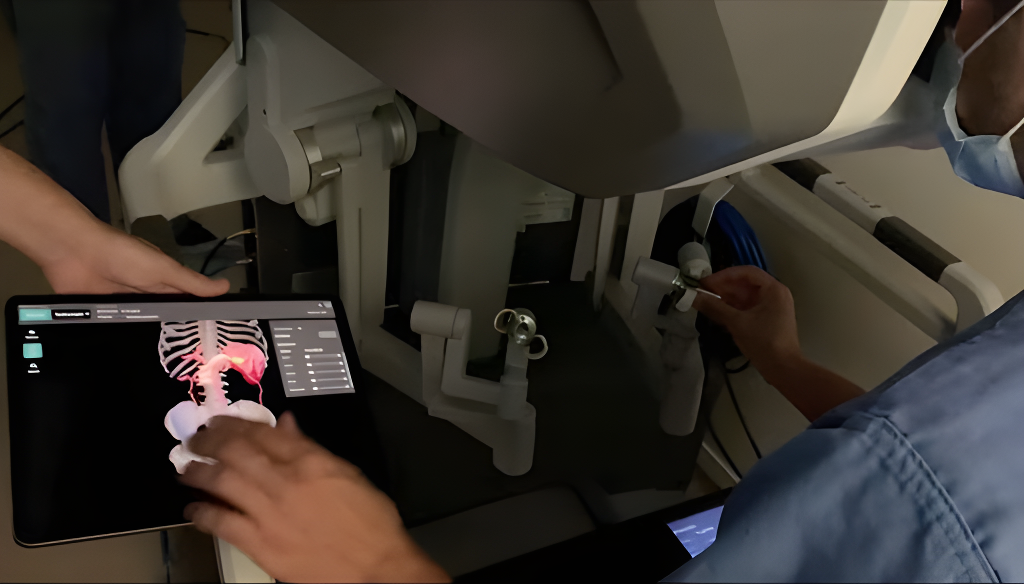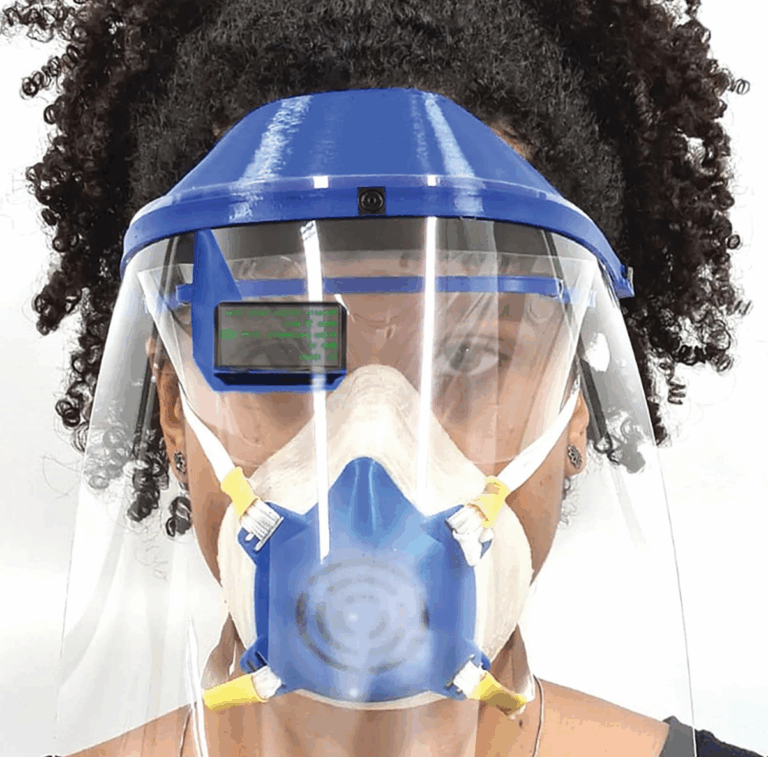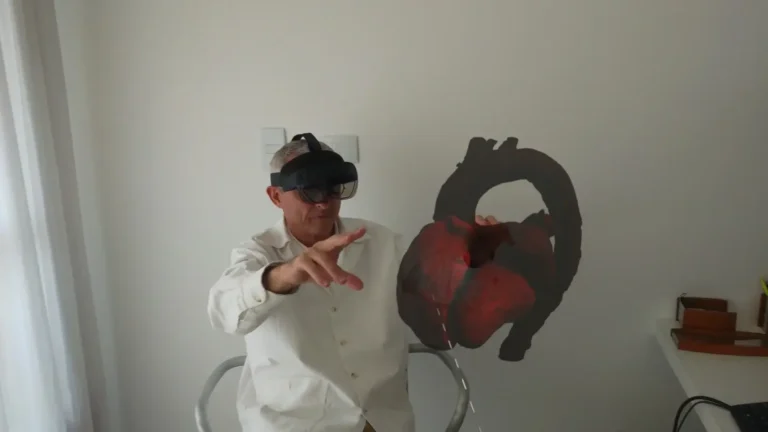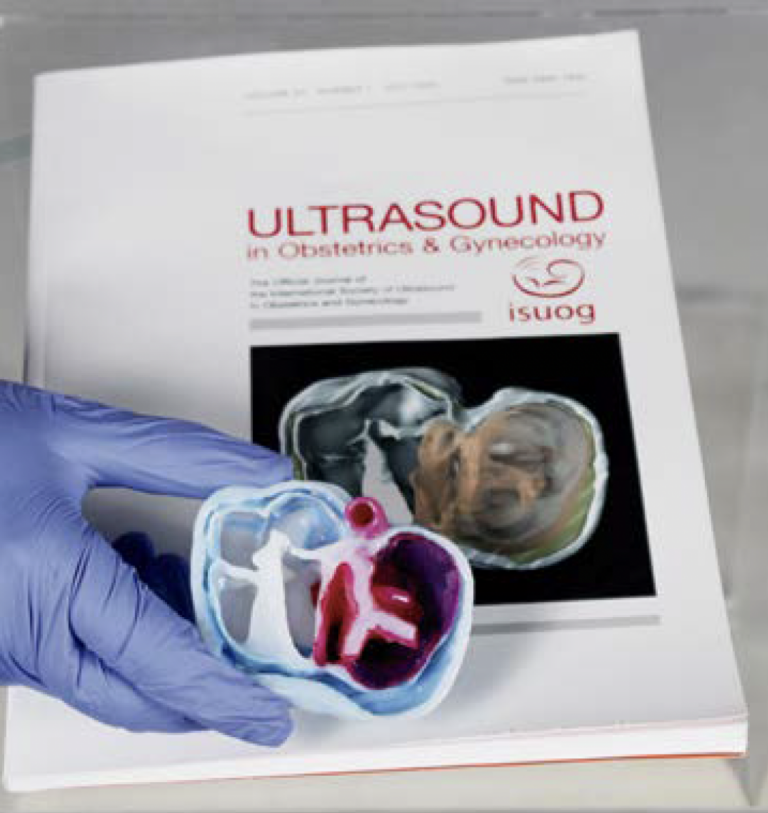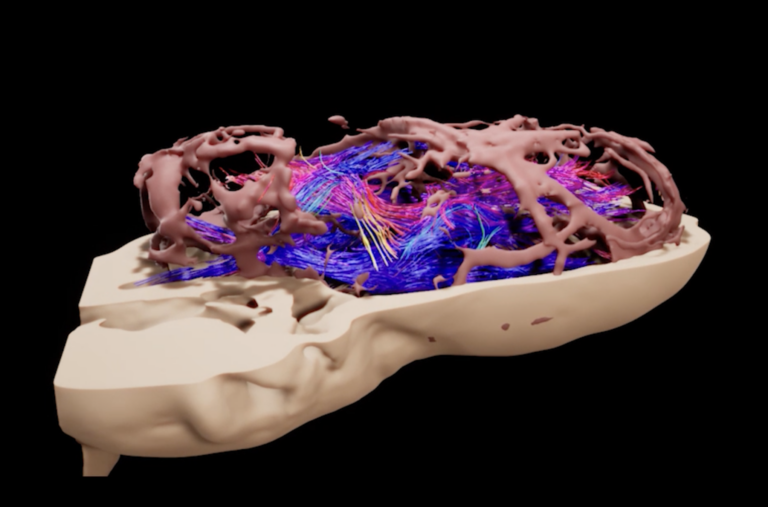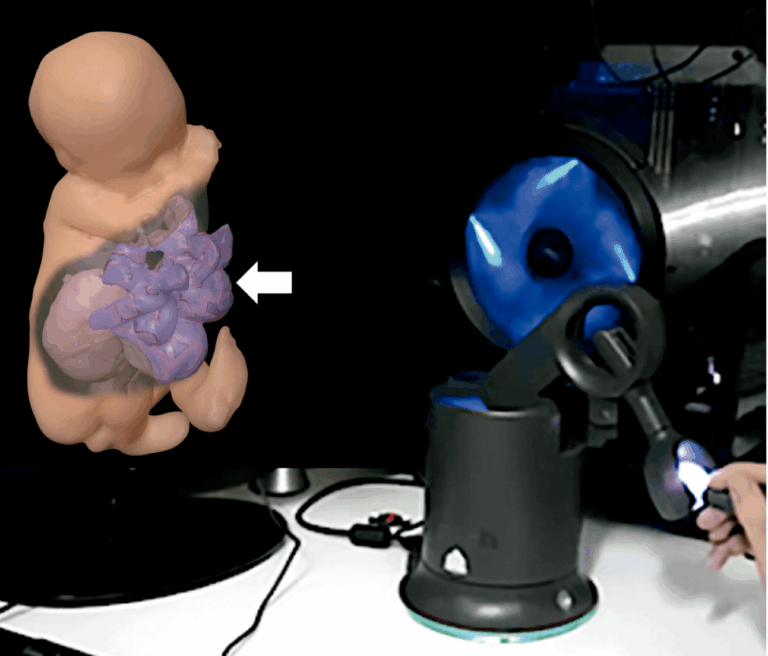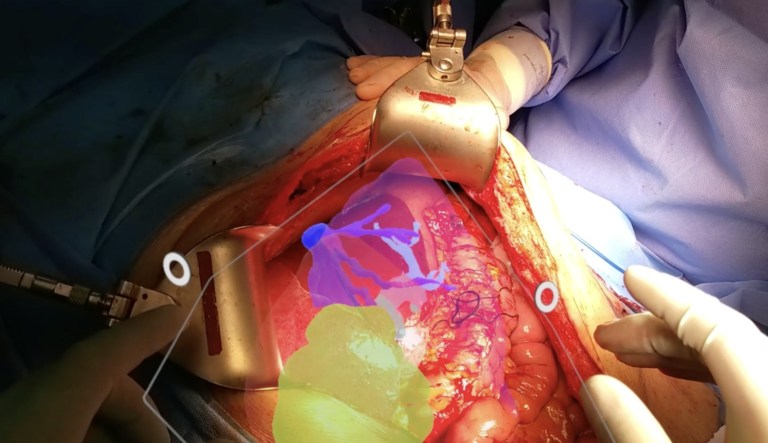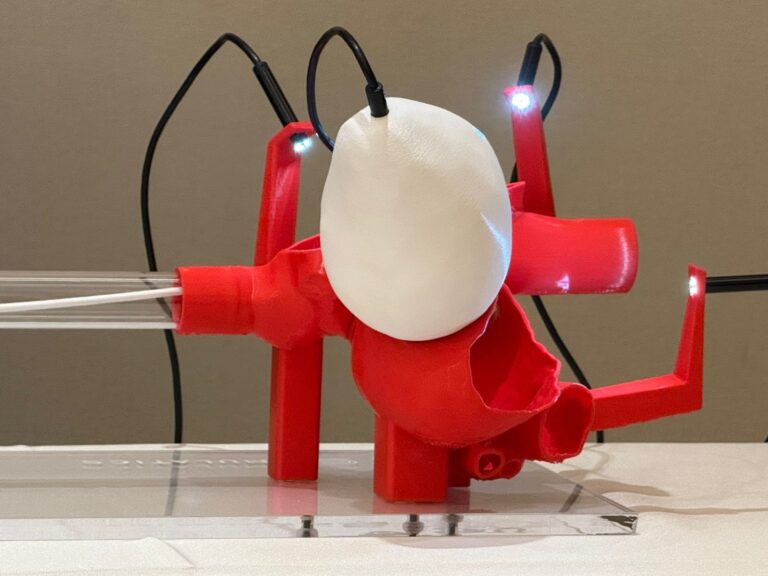Preoperative training has become an essential component of modern surgical practice, particularly for complex procedures such as bariatric surgery. Advances in 3D printing technology have created opportunities for surgeons to prepare more thoroughly before entering the operating room. By creating patient-specific anatomical models, surgical teams can visualize and rehearse different steps, anticipate potential complications, and refine their strategies.
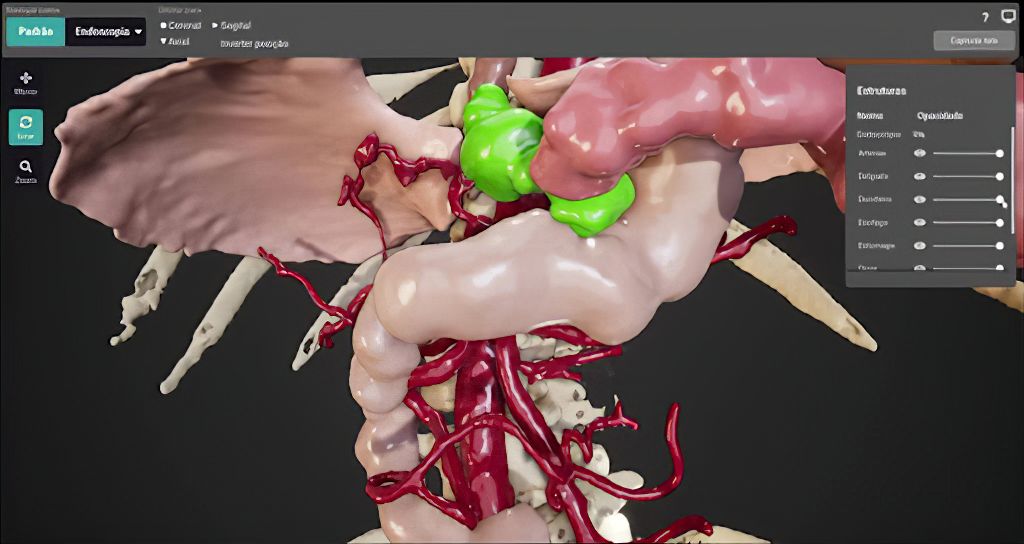
One of the most significant advancements in surgical training today is the integration of 3D-printed models with robotic systems. The da Vinci platform has revolutionized minimally invasive surgery by providing greater dexterity, enhanced visualization, and highly precise instruments. Incorporating 3D-printed models into these robotic systems further enhances the preoperative training process, allowing surgeons to simulate the exact movements they will use during the actual procedure.

Ultimately, the combination of flexible 3D printing and robotic surgical systems raises the standard of preoperative training. It creates a comprehensive practice environment where bariatric procedures can be rehearsed from start to finish. As a result, the transition to the operating room becomes more efficient, safer, and more predictable, improving outcomes for patients undergoing bariatric surgery and other surgical specialties.

